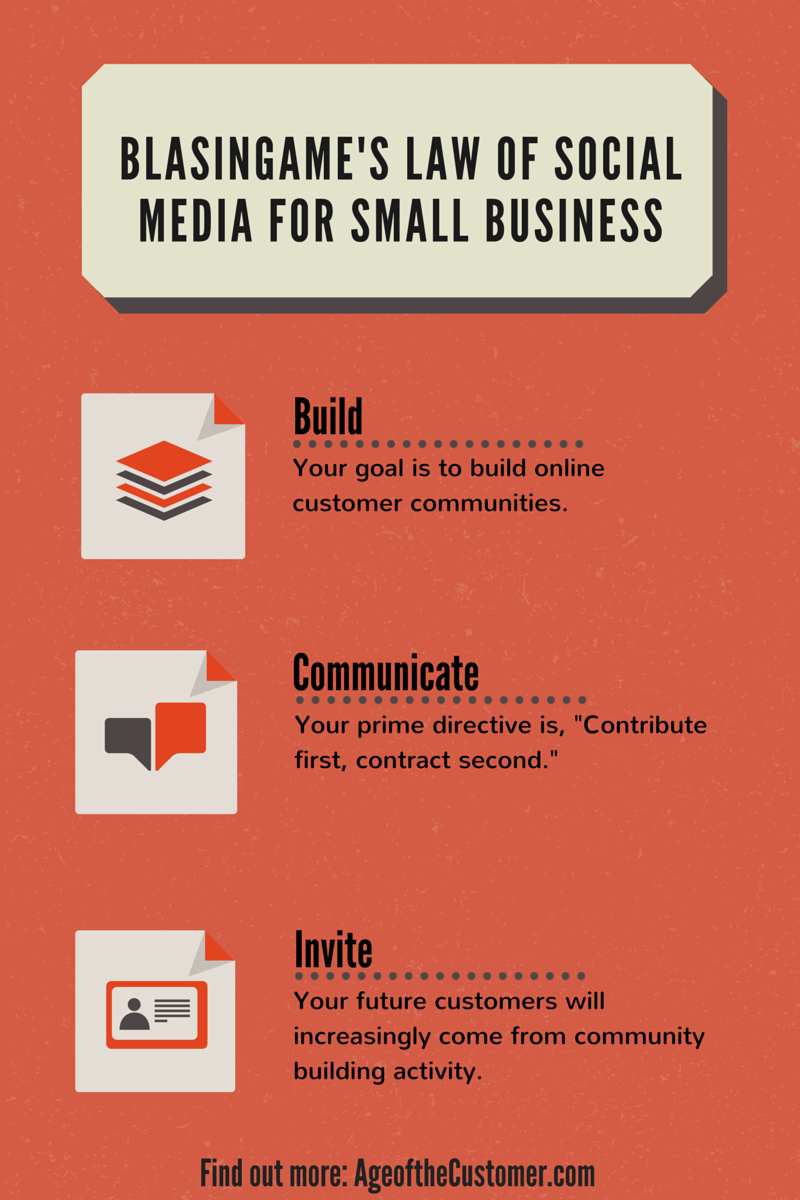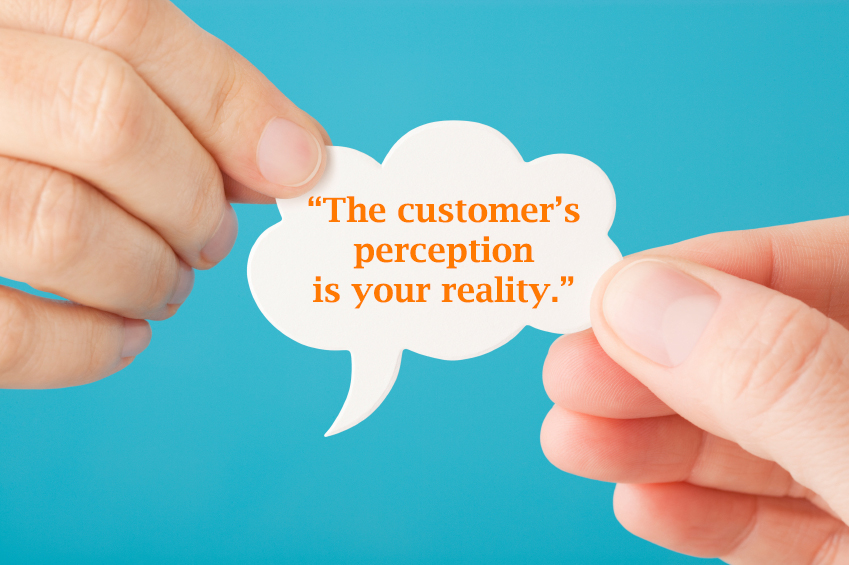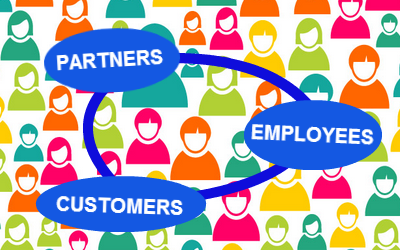Crowd funding is not new, but crowdfunding is
Crowd funding is not new, but crowdfunding is. Completely intuitive, both terms mean funds conveyed by a crowd to a solicitor.
It’s largely due to those two words, innumerable and anonymous, that crowdfunding has caught on to the point where several online platforms now aggregate funds seekers with funding crowds. Now with crowdfunding, the Internet simultaneously facilitates and disrupts our experiences with what I call the Four Cs of Modern Society: Connect, Communicate, Communities and Commerce.
So far, crowdfunding fits primarily into two categories:
This is where an emotional connection motivates members of a crowd to give to a cause, project, idea, ideal, etc. Besides the emotional motivation, merchandise like a T-shirt or first album, for example, are likely to be involved as a token of thanks. This crowdfunding form is nothing more than donations.
Business funding
This money goes to a commercial venture, often a startup, with the expectation of receiving a first-of-its-kind product or future discount. The crowd knows the funds partially pay for the merchandise and partly capitalize the venture to which this crowd also has an emotional connection. This is business funding in the form of a commercial transaction, not investment.
Recently, crowdfunding has nudged closer to debt and equity capitalization. Peer-to-peer lending is an emerging form of crowdfunding, while the investment model still has legal and practical hurdles.
It’s clear that the future of small business capitalization will look a lot different than it does today. But for most small businesses the jury is still out on how the crowdfunding options will be part of their capitalization future.
In my next column I’ll use a practical approach and some tough love to reveal the challenges facing both the debt and equity sides of crowdfunding. Ironically, those two advantages of crowdfunding mentioned earlier, innumerable and anonymous, will manifest as potential barriers as we discuss the more sophisticated forms of crowdfunding.
Write this on a rock…
Crowdfunding is just new tools to accomplish traditional fundraising and capitalization.
“Thank you” is golden, “No problem” is a problem
It has happened to all of us: You’re being waited on at a restaurant, buying a product or returning something to a merchant, and as an employee is delivering some kind of service you say, “Thank you.”
 Good for you; your mother would be so proud. But she wouldn’t be impressed by what has become an unfortunate response to thank you. After you say thank you for having your water refilled or your order completed, there is sadly a good chance the employee will say, incredibly, “No problem.”
Good for you; your mother would be so proud. But she wouldn’t be impressed by what has become an unfortunate response to thank you. After you say thank you for having your water refilled or your order completed, there is sadly a good chance the employee will say, incredibly, “No problem.”
So, from this response are you now to think that simply allowing service to be delivered is some sort of problem you’ve created, for which forgiveness should be granted? Should you feel relief that you’ve been redeemed by this person with “No problem” absolution?
Clearly, American English has devolved to a level that makes many of us nostalgic for casual. It’s difficult to pinpoint where things ran off the rails. But somehow the sublime “it’s my pleasure” has deviated into the subpar “no problem.”
Well, my friends, let’s get one thing straight: No problem is a problem. When small business employees say no problem to a customer instead of you’re welcome, it’s a serious problem that over time could be the equivalent of a business death wish.
Think I’m overreacting? How much money do you spend getting a customer to do business with you? How much energy and resources do you invest into making sure your products, pricing, display, etc., are just right? How many sleepless nights do you spend worrying about how to compete with the Big Boxes?
Now that we’ve established the enormity and consequences of these answers, are you sure that no employee of yours ever causes one of your customers to think — even subliminally — that the mere fact that they do business with you could be some kind of problem?
In The Age of the Customer, the only thing unique about your relationship with a customer is the experience they have with you — how they FEEL about doing business with you. Everything else is a commodity. Everything!
So, pray tell, in what universe does “no problem” help your business maximize the positive emotions of an excellent customer experience? Stop saying it, and train your employees to stop saying it. If success is your goal, this is non-negotiable!
There must be 39 different ways in the English language to express your delight in serving a customer without saying “no problem.” Use one of them.
Write this on a rock… In The Age of the Customer, “Thank you” is golden, “No problem” is a problem.
Create online customer communities for your small business
A “craze” is something that takes popular culture by storm. A “fad” is a craze that doesn’t last. Social media is currently a craze, but it’s not a fad. And the question is not whether this craze will last, but rather, what will it look like over time and why should a small business care? Consequently, let’s establish a few “social media” points.
Strictly speaking, “social media” is the technology that makes online community building possible, not the community itself. It allows for the creation of and service to online communities, where dialogue and interaction among community founders and members are possible. Ultimately, the term “social media” in a business application should become the more accurate term, “online customer communities.”
In defining community, Webster uses words like association, fellowship, like-mindedness and shared interests. When building online customer communities, we should remember these words. Every small business should create online customer communities, of which there are two primary examples:
1. A company’s profile pages on sites like Facebook, Twitter, etc. Your company leverages these companies’ platforms. These sites are free but have limited flexibility.
2. Communities founded and hosted by your company, oriented around relationships with customers and prospects. An online community is established when customers subscribe to one or more of your channel offerings in order to receive your information.
A channel is a syndication tool or method of content delivery and service to a community. For example, real simple syndication (RSS), a blog, an email newsletter (ezine), a text blast and Twitter are channel tool examples, through which businesses and their communities exchange information.
Merely having a website isn’t practicing community building any more than owning a piano makes you a musician. But a website can become a platform from which you launch and serve online communities.
There is one critically important thing for a founding company to understand about both of the online customer community types: the company cannot control community behavior. Members – customers and prospects – control the community. A founding company can only create the community and influence it by establishing community values, then serving it via the channels and information it offers, which are requested by members.
Always remember: Customers control online communities, not companies.
Blasingame’s new law of customer relevance
When you take a photograph, the resulting product is two-dimensional: tall, wide, and flat. But in most cases, you want the photo to actually show depth, where images in the foreground and background are all in focus.
In photographic terms, the range of focus front to back is called depth of field. The way to expand depth of field so more of the subjects in the photo are in focus is to add light. Light creates depth of field.
If you were given a photo of people who were the most critical to your success, you’d easily recognize your customers in the foreground in perfect focus. But as you look deeper into the photo you’d notice the images behind that first row increasingly drop out of focus with each receding row. The reason is because for most of the history of the marketplace, businesses have gotten away with having a very narrow customer depth of field.
When the coin of the realm was to be competitive, that meant you spent all your time thinking about how to serve the person in the foreground, the first row of your business world: your customers. But as I’ve revealed in the past, being competitive has been trumped by being relevant. And in The Age of the Customer, perhaps the most important component of being relevant to business customers is helping them serve the most important person in their photo: their customers.
Let me say that again with Blasingame’s New Law of Customer Relevance:
If you want to have customers for life, help your customers help their customers.
The way to accomplish this is to increase the depth of field of your customer photo. Light up the view beyond the first row of customers so that the second row is completely in focus. This three-step process works every time:
- Identify the customer of your customer.
- Find out what your customer needs to do to become relevant to their customer.
- Whatever the answer to #2 is, help your customer do that.
Executing this approach is how you acquire customers you almost can’t run off. Because when you help your customers help their customers, they know you’re doing more than just delivering stuff; you’ve become part of their team – integrated and committed, like a true stakeholder.
And if you want to pull off the customer relevance hat trick, light up the third row of your businesses photo: Help your customers help their customers help their customers.
I’ve done it – it’s a beautiful thing.
Achieve maximum relevance with customers by helping them serve their customers.
Differentiating between users and customers
Social media platforms have rocked the online world in just a few frenzied years by introducing new community building possibilities for people and customer connection opportunities for business.
These are heady times for social media visionaries who have created a wave of viral excitement. This is the realm of entrepreneurs who worship at the throne of possibilities, where mistakes successfully identify what doesn’t work and fun is a best practice.
Now, like Gates and Jobs before them, social media entrepreneurs are following the path of past high-growth enterprises by hitching their wagons to Wall Street’s star through an initial public offering (IPO) of stock. But in doing so, companies like Facebook enter the world of very sharp pencils.
This is the realm of fish-eyed bankers and fickle fund managers who worship at the throne of results. They demand fealty, and an audience every 90 days to explain why actual operating numbers from the real marketplace missed – by one cent – what green-eye-shade analysts had divined with their theoretical financial models. And faster than you can “Like” a photo on Facebook, it becomes clear that mistakes in this realm come at a high cost, possibilities are not possible and fun isn’t in the budget.
Unlike Microsoft and Apple, which actually create products customers pay for, social media patrons aren’t paying customers, but users. And the only thing more fickle than a fund manager is an Internet user, which is why so many jaundiced eyes are being cast on social media IPOs.
We wanted to know what our small business audience thought about Facebook’s impending IPO, so we asked: “As Facebook makes plans to go public, do you think its stock will be a good investment?” Here’s what you told us.
On one end, less than one-in-ten of respondents said, “Facebook stock will do well short and long-term,” while at the other end, 16% believe, “Like other social media stocks, Facebook stock will be a loser.” The big group in the middle, 75%, allowed that “Facebook stock may do well for a year or so, but not long-term.”
Such skepticism isn’t about social media activity itself. Because what individuals and businesses are really doing on these platforms is creating communities, and online communities are here to stay.
But small business owners, like Wall Street, know there’s a difference in projecting the value of a customer and that of a user. One pays you money and the other pays you a visit.
Monetizing a user is not the same as monetizing a customer.
The Age of the Customer®, Part 3: The values of online customer communities
This is the second of two articles about finding and staying connected to customers as the marketplace continues to evolve. Last week we talked about creating online communities as a way to find relevance with social media.
Going forward, connecting with prospects and customers will be less about 20th century marketing strategies and more about having at least one type of online relationship with them, including information delivered in one of the online channels like email, texting, even Twitter. And you haven’t created a true online community until members can comment on every aspect of their experience with your business.
Increasingly, prospects will turn into customers more because they’re attracted to the values of your online community than because of what you sell. Your community values should have three elements:
1. Brand elements – brand promise and brand image.
2. Quality information delivered to the community.
3. The tone of connection the business wants to set with its community. Your “tone” is how brand messages are included in information you deliver to the community, and it can be anywhere from crassly commercial to so subtle it’s almost subliminal. The “volume” of your tone will depend on your ROI patience.
Establishing community values is a critical element of community growth not only because that’s what attracts members to connect with you, but it also causes them to encourage members of other communities to which they belong to join them in your community. Indeed, the most viral element of any online community is the feeling members have for the community values, which could range from devotion to derision.
In order to foster community longevity and quality, a business should create its own social media platform and technologies, rather than counting on public sites, like Facebook or LinkedIn. Here are a few guidelines:
1. Establish compelling community values.
2. Create an environment where communities can flourish around these values.
3. Acquire the technology that makes online community building possible.
4. Protect community values and control how the community is served, while accepting that the community founder cannot control member activity.
Ultimately, as a result of their experiences with your online community, members will turn into customers and possibly your best salespeople.
Write this on a rock… Get connected – and stay connected with customers through online communities.










